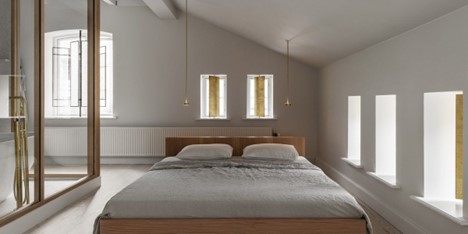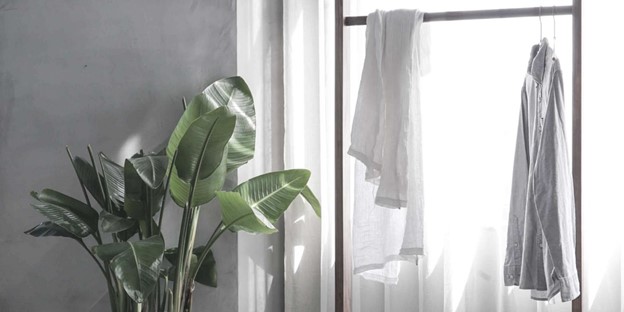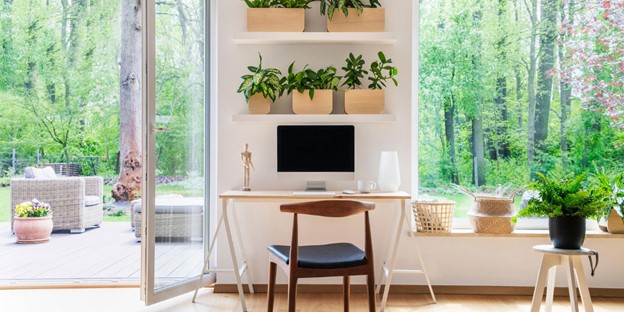Creating a minimalist home is more than just a design choice; it’s a lifestyle that promotes simplicity, functionality, and tranquility. A minimalist home encourages a clutter-free environment that fosters mental clarity and peace. In this article, we will explore practical steps to help you create a minimalist home that reflects your values and enhances your living space.
1. Understand the Concept of Minimalism
Minimalism is about prioritizing quality over quantity. It involves eliminating unnecessary items and focusing on what truly matters in your life. To start creating a minimalist home, it’s important to grasp this philosophy. Ask yourself what you need versus what you want, and consider how your possessions contribute to your happiness and well-being.
2. Declutter Your Space
The first step to achieving a minimalist home is decluttering. Go through each room and evaluate your belongings. Start small, perhaps with a single drawer or a corner of a room. As you sort through items, ask yourself if they serve a purpose or bring you joy. If not, consider donating, recycling, or discarding them. Decluttering not only clears physical space but also creates mental clarity, making it easier to maintain a minimalist home

3. Embrace Functional Furniture
When creating a minimalist home, choose furniture that is both functional and aesthetically pleasing. Opt for pieces that serve multiple purposes, such as a coffee table with storage or a bed with drawers underneath. This approach reduces the need for additional items and maintains an uncluttered look. Look for clean lines and neutral colors, as these elements can help create a cohesive and calming atmosphere.
4. Choose a Neutral Color Palette
A minimalist home often features a neutral color palette, which contributes to a serene and cohesive look. Whites, beiges, grays, and soft earth tones create a calming backdrop that allows your furniture and decor to shine without overwhelming the space. When selecting paint colors or furnishings, opt for shades that promote tranquility and simplicity.
5. Limit Decorative Items
While decorative items can enhance your space, too many can lead to clutter. In a minimalist home, it’s important to choose decor wisely. Select a few meaningful pieces that resonate with you rather than filling surfaces with numerous items. Consider incorporating natural elements, such as plants or simple artwork, to add character without overwhelming the space.
6. Implement Smart Storage Solutions
To maintain a minimalist home, effective storage solutions are essential. Invest in storage options that keep items organized and out of sight. Use baskets, boxes, and shelves to store belongings neatly. Consider vertical storage solutions to maximize space in smaller areas. By keeping items organized, you can create a serene environment free of visible clutter.
7. Adopt a “One In, One Out” Rule
To maintain your minimalist home, consider adopting a “one in, one out” rule. This means that for every new item you bring into your home, you must remove an existing one. This practice encourages mindful consumption and helps prevent clutter from accumulating. By being intentional about what you allow into your space, you can sustain a minimalist lifestyle.
8. Simplify Your Lifestyle
Creating a minimalist home extends beyond physical possessions; it also involves simplifying your lifestyle. Evaluate your daily routines and commitments. Identify activities that add value to your life and eliminate those that don’t. By focusing on what truly matters, you can reduce stress and create a more peaceful living environment.

9. Digital Decluttering
In today’s digital age, clutter isn’t just physical. Digital clutter can also affect your mental clarity. Take the time to organize your digital files, delete unnecessary emails, and unsubscribe from services you no longer use. Create a minimalist digital space that reflects your values and helps you stay focused.
10. Maintain a Regular Review Process
Once you’ve established a minimalist home, it’s essential to maintain it. Schedule regular reviews of your possessions to ensure you’re staying true to your minimalist principles. Every few months, reassess your belongings and remove items that no longer serve a purpose. This ongoing process will help you stay committed to a minimalist lifestyle and keep your home serene.
Conclusion
Creating a minimalist home is a journey that involves intentionality and mindfulness. By decluttering, choosing functional furniture, and adopting a neutral color palette, you can design a space that promotes peace and simplicity. Embrace smart storage solutions, implement a “one in, one out” rule, and simplify your lifestyle to enhance your minimalist home. Remember, minimalism is not just about having less; it’s about making room for what truly matters.
With these strategies, you can create a minimalist home that reflects your values and enhances your quality of life.












